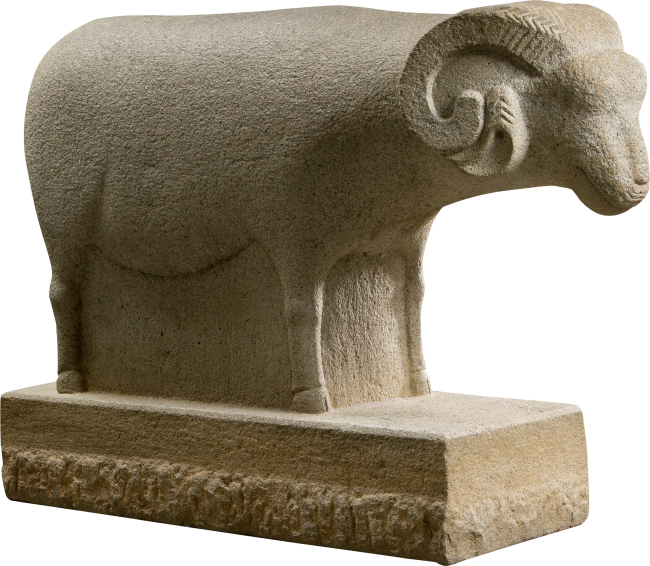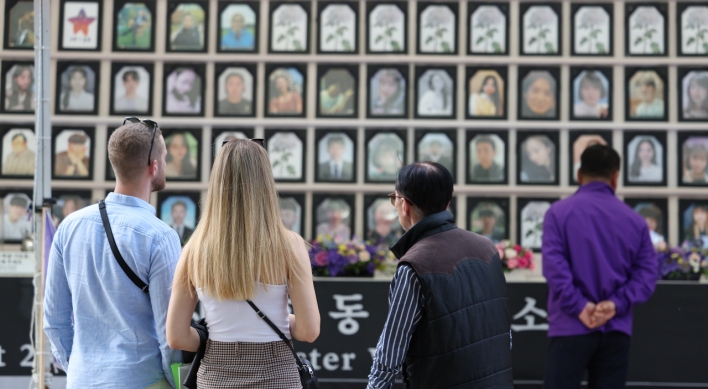After a turbulent 2014, the New Year has finally arrived.
In what feels like a nice respite, 2015 is the Year of the Sheep, a meek and gentle creature often associated with peace, harmony and compatibility.
The sheep is the eighth animal in the 12-year cycle. It is the guardian animal for the time between 1 and 3 p.m. The previous sheep year was 2003.
Year of the Sheep or the Goat?
In Chinese, the animal sign for 2015 is “yang,” an inclusive term for various horned ruminating mammals. So, Year of the Sheep and Year of the Goat are both correct.
Sheep and goats are totally different species, although they have many similarities. Ancient Koreans didn’t distinguish between the two.
In what feels like a nice respite, 2015 is the Year of the Sheep, a meek and gentle creature often associated with peace, harmony and compatibility.
The sheep is the eighth animal in the 12-year cycle. It is the guardian animal for the time between 1 and 3 p.m. The previous sheep year was 2003.
Year of the Sheep or the Goat?
In Chinese, the animal sign for 2015 is “yang,” an inclusive term for various horned ruminating mammals. So, Year of the Sheep and Year of the Goat are both correct.
Sheep and goats are totally different species, although they have many similarities. Ancient Koreans didn’t distinguish between the two.

Cheon Jin-gi, president of the National Folk Museum of Korea and an authority on animal folklore, points out that the white furry mammals were rarely witnessed in Korea before the 20th century.
“In Korea’s agricultural society, sheep rarely existed. So, what people referred to as ‘yang’ were either ‘goats’ or ‘long-tailed gorals,’” he said.
This explains why Koreans never really developed an appetite for mutton and many resort to imported brands for high-quality wool sweaters.
A lucky sign
In Western culture, sheep are mainly a symbol of docility, while lambs symbolize sacrifice.
In Asia, where the influence of zodiac animal signs remains strong, the sheep is a symbol of calmness, gentleness and harmony.
While the sheep year is believed to be a calmer and more peaceful time, people born in this year are thought to be kind and obedient ― virtues that some parents think are of no good for success in this dog-eat-dog world.

In fact, there is a rush among Chinese parents to give birth before the Lunar New Year dawns on Feb. 9. In the lunar calendar, it’s still the Year of the Horse. They believe children born in the sheep year are destined to be followers rather than leaders.
In Korean folklore, sheep or goats have long been viewed as a lucky sign that foretells many good things.
In an anecdote showing Koreans’ perception of sheep as a good omen, Lee Seong-gye, the founder of the Joseon era, had a dream about a sheep before he staged a coup and started his kingdom, which was Korea’s last and also its longest-running dynasty.
“Because young goats fall to their knees when their mother feeds them milk, they are also considered obedient animals appreciative of their parents,” Cheon said.
The National Folk Museum of Korean is currently running the special exhibition “Sheep Bringing Happiness,” displaying about 75 antiques and relics related to the zodiac animal. It continues through Feb. 23. Admission is free.
By Lee Sun-young (milaya@heraldcorp.com)
-
Articles by Korea Herald







![[Music in drama] Rekindle a love that slipped through your fingers](http://res.heraldm.com/phpwas/restmb_idxmake.php?idx=644&simg=/content/image/2024/05/01/20240501050484_0.jpg&u=20240501151646)


![[New faces of Assembly] Architect behind ‘audacious initiative’ believes in denuclearized North Korea](http://res.heraldm.com/phpwas/restmb_idxmake.php?idx=644&simg=/content/image/2024/05/01/20240501050627_0.jpg&u=20240502093000)








